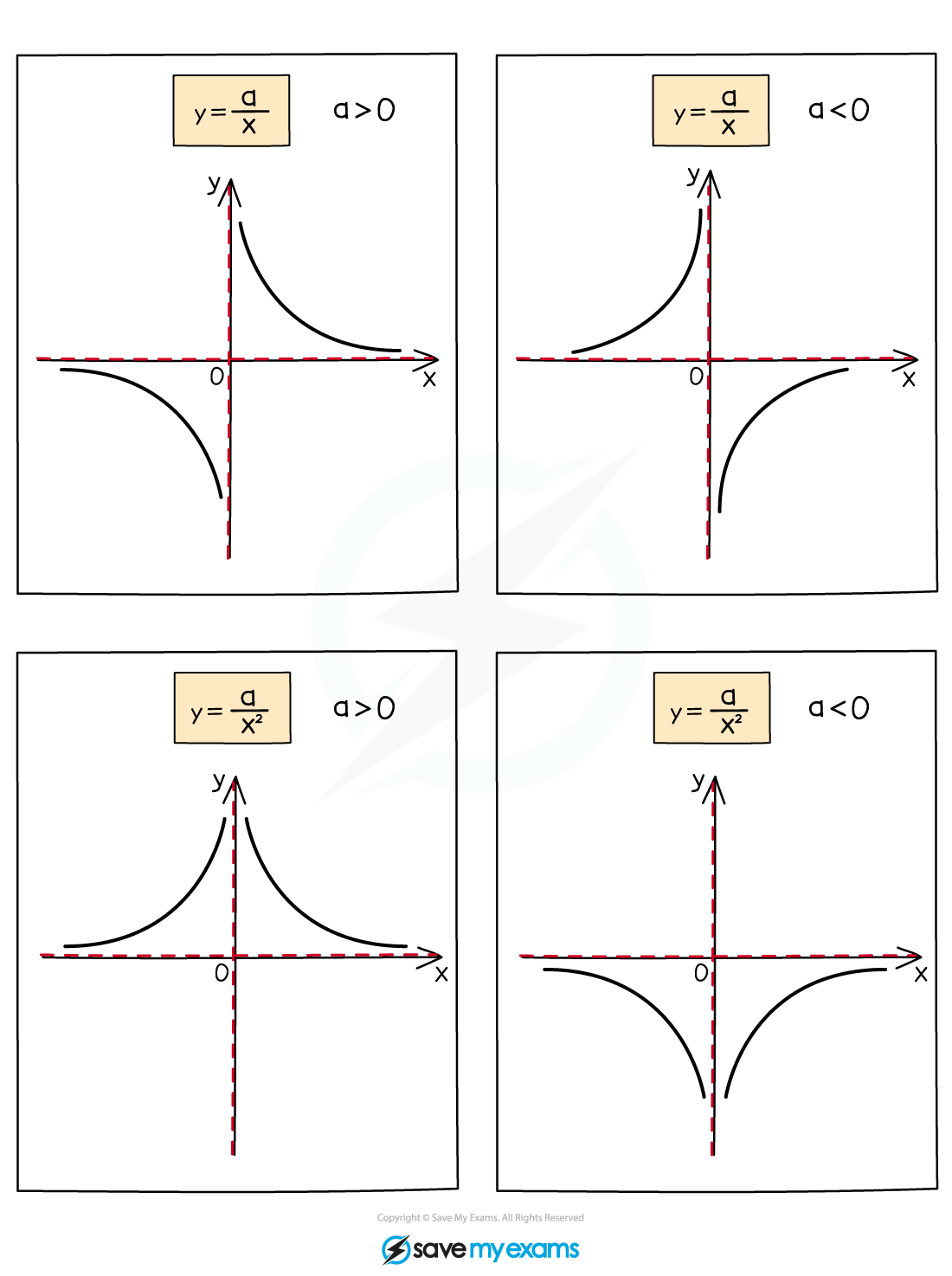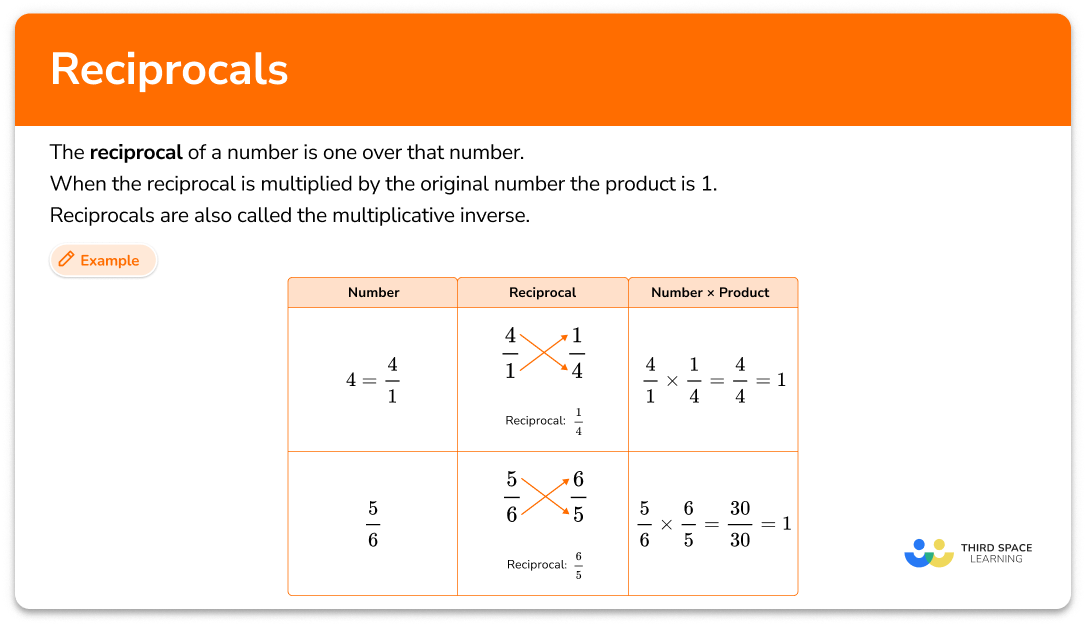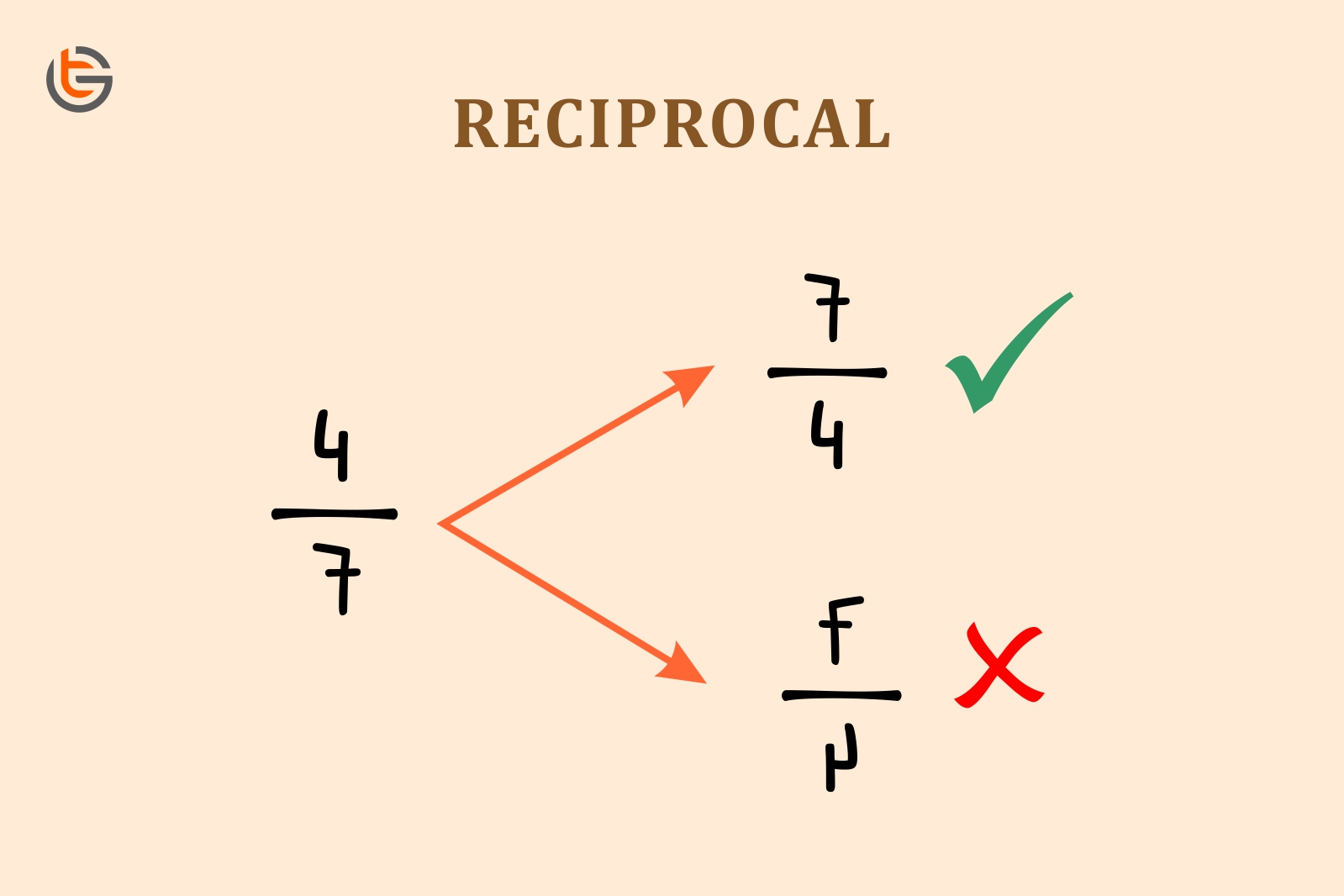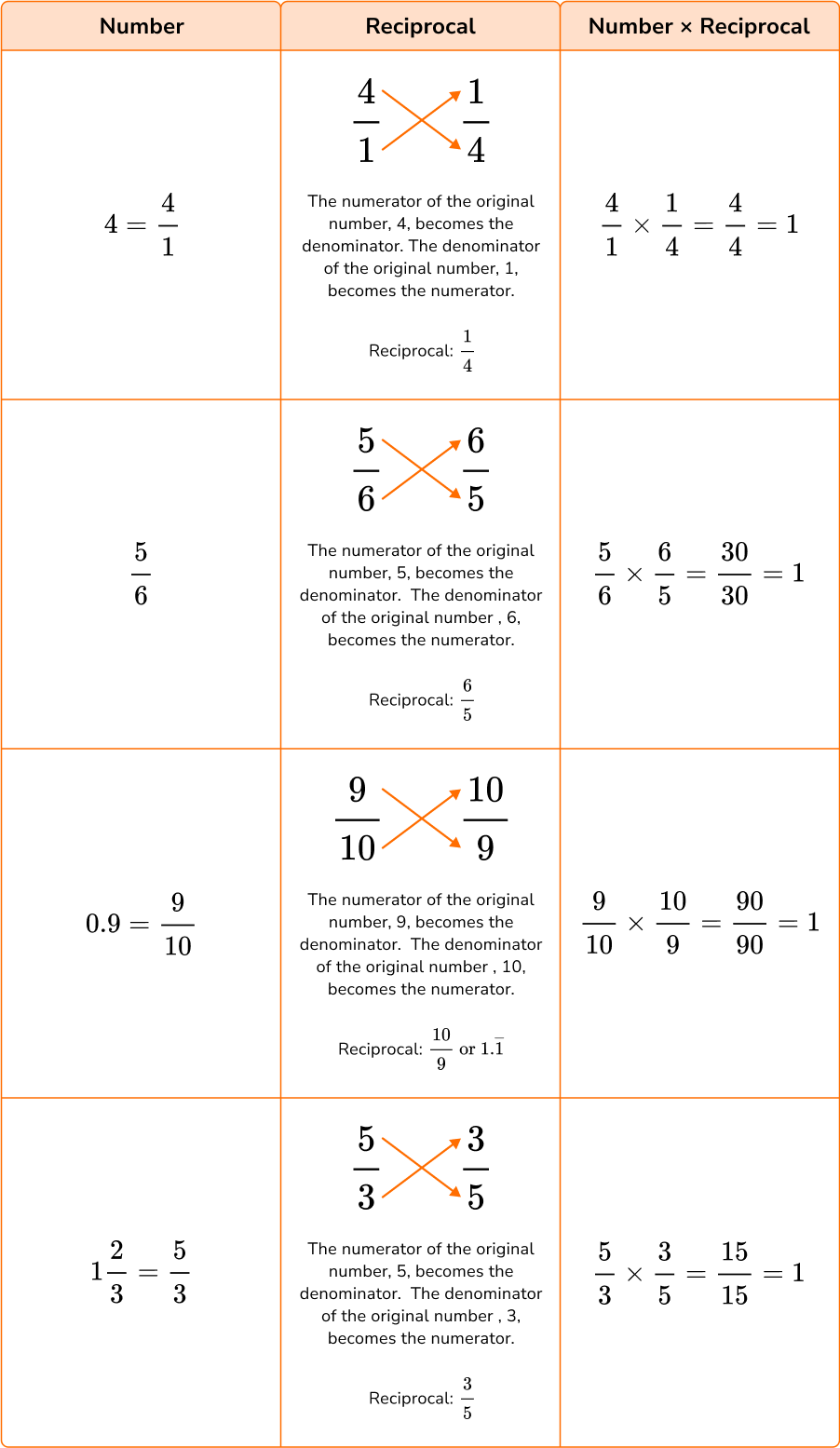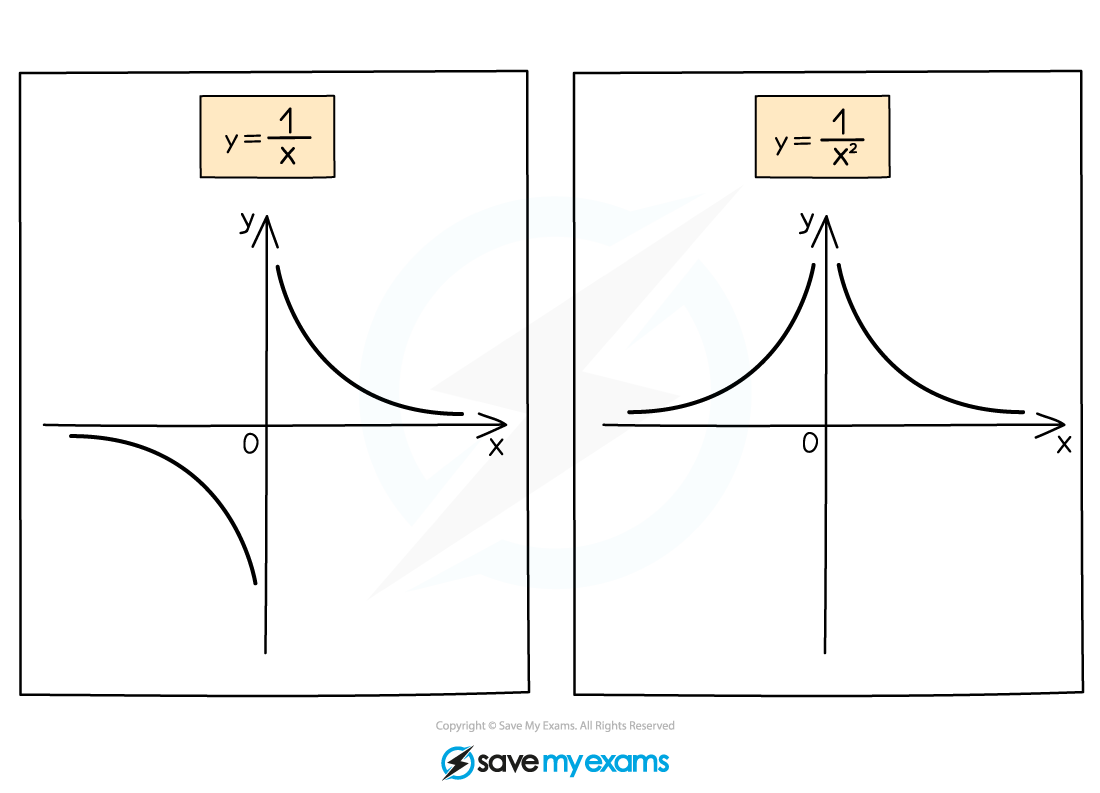What Is The Reciprocal Of 1
What Is The Reciprocal Of 1 - The reciprocal of a number is simply 1 divided by that number. By taking the reciprocal twice, we got back to. The reciprocal of a number refers to another number that, when multiplied by the original number, is equal to 1. And 23 divided by 1 is just 23. For example, the reciprocal of 2/3 is 3/2. A number is the reciprocal of another number if the product of the number and its reciprocal are equal to 1. A more mathematical definition is to say that the reciprocal of the. By finding the reciprocal of the number 1 using the same process as we would for any number, we. The reciprocal of 23 is 1/23. Finding the reciprocal of a number is an extremely simple process.
Finding the reciprocal of a number is an extremely simple process. The reciprocal of 23 is 1/23. By finding the reciprocal of the number 1 using the same process as we would for any number, we. A more mathematical definition is to say that the reciprocal of the. And 23 divided by 1 is just 23. The reciprocal of a number is simply 1 divided by that number. So, to find the reciprocal of 1.2, you would calculate 1 divided by 1.2, which equals approximately 0.8333 recurring (or 5/6 in. The reciprocal of a number refers to another number that, when multiplied by the original number, is equal to 1. But if we take the reciprocal again and flip that fraction, 1/23 becomes 23/1. By taking the reciprocal twice, we got back to.
The reciprocal of a number refers to another number that, when multiplied by the original number, is equal to 1. By finding the reciprocal of the number 1 using the same process as we would for any number, we. The reciprocal of a number is simply 1 divided by that number. So, to find the reciprocal of 1.2, you would calculate 1 divided by 1.2, which equals approximately 0.8333 recurring (or 5/6 in. The reciprocal of a number. The reciprocal of 23 is 1/23. For example, the reciprocal of 2/3 is 3/2. Finding the reciprocal of a number is an extremely simple process. By taking the reciprocal twice, we got back to. A number is the reciprocal of another number if the product of the number and its reciprocal are equal to 1.
Edexcel A Level Maths Pure复习笔记2.7.2 Reciprocal Graphs Sketching翰林国际教育
The reciprocal of a number is simply 1 divided by that number. And 23 divided by 1 is just 23. By taking the reciprocal twice, we got back to. For example, the reciprocal of 2/3 is 3/2. A more mathematical definition is to say that the reciprocal of the.
Reciprocals — Definition & Examples Expii
The reciprocal of a number. And 23 divided by 1 is just 23. The reciprocal of a number refers to another number that, when multiplied by the original number, is equal to 1. So, to find the reciprocal of 1.2, you would calculate 1 divided by 1.2, which equals approximately 0.8333 recurring (or 5/6 in. A more mathematical definition is.
Reciprocal of 1/2 YouTube
The reciprocal of a number. And 23 divided by 1 is just 23. The reciprocal of a number is simply 1 divided by that number. For example, the reciprocal of 2/3 is 3/2. A number is the reciprocal of another number if the product of the number and its reciprocal are equal to 1.
Reciprocal Math Math Steps, Examples & Questions
Finding the reciprocal of a number is an extremely simple process. The reciprocal of a number refers to another number that, when multiplied by the original number, is equal to 1. By taking the reciprocal twice, we got back to. The reciprocal of a number. For example, the reciprocal of 2/3 is 3/2.
What is a reciprocal in math? TEL Gurus
A number is the reciprocal of another number if the product of the number and its reciprocal are equal to 1. So, to find the reciprocal of 1.2, you would calculate 1 divided by 1.2, which equals approximately 0.8333 recurring (or 5/6 in. The reciprocal of a number refers to another number that, when multiplied by the original number, is.
Mr Rouche's Maths Reciprocals
The reciprocal of 23 is 1/23. Finding the reciprocal of a number is an extremely simple process. For example, the reciprocal of 2/3 is 3/2. So, to find the reciprocal of 1.2, you would calculate 1 divided by 1.2, which equals approximately 0.8333 recurring (or 5/6 in. The reciprocal of a number.
Reciprocal Math Elementary Math Steps, Examples & Questions
A more mathematical definition is to say that the reciprocal of the. Finding the reciprocal of a number is an extremely simple process. So, to find the reciprocal of 1.2, you would calculate 1 divided by 1.2, which equals approximately 0.8333 recurring (or 5/6 in. A number is the reciprocal of another number if the product of the number and.
Reciprocals. How to calculate the reciprocal of any number video. YouTube
The reciprocal of a number refers to another number that, when multiplied by the original number, is equal to 1. And 23 divided by 1 is just 23. A more mathematical definition is to say that the reciprocal of the. But if we take the reciprocal again and flip that fraction, 1/23 becomes 23/1. So, to find the reciprocal of.
Square of Reciprocal Function y=1/(x^2) Graph + Characteristics
The reciprocal of 23 is 1/23. But if we take the reciprocal again and flip that fraction, 1/23 becomes 23/1. The reciprocal of a number is simply 1 divided by that number. The reciprocal of a number refers to another number that, when multiplied by the original number, is equal to 1. By finding the reciprocal of the number 1.
CIE A Level Maths Pure 1复习笔记1.4.2 Reciprocal Graphs Sketching翰林国际教育
And 23 divided by 1 is just 23. A more mathematical definition is to say that the reciprocal of the. Finding the reciprocal of a number is an extremely simple process. For example, the reciprocal of 2/3 is 3/2. So, to find the reciprocal of 1.2, you would calculate 1 divided by 1.2, which equals approximately 0.8333 recurring (or 5/6.
Finding The Reciprocal Of A Number Is An Extremely Simple Process.
So, to find the reciprocal of 1.2, you would calculate 1 divided by 1.2, which equals approximately 0.8333 recurring (or 5/6 in. For example, the reciprocal of 2/3 is 3/2. A more mathematical definition is to say that the reciprocal of the. The reciprocal of a number.
The Reciprocal Of A Number Is Simply 1 Divided By That Number.
By finding the reciprocal of the number 1 using the same process as we would for any number, we. And 23 divided by 1 is just 23. The reciprocal of a number refers to another number that, when multiplied by the original number, is equal to 1. The reciprocal of 23 is 1/23.
But If We Take The Reciprocal Again And Flip That Fraction, 1/23 Becomes 23/1.
A number is the reciprocal of another number if the product of the number and its reciprocal are equal to 1. By taking the reciprocal twice, we got back to.
